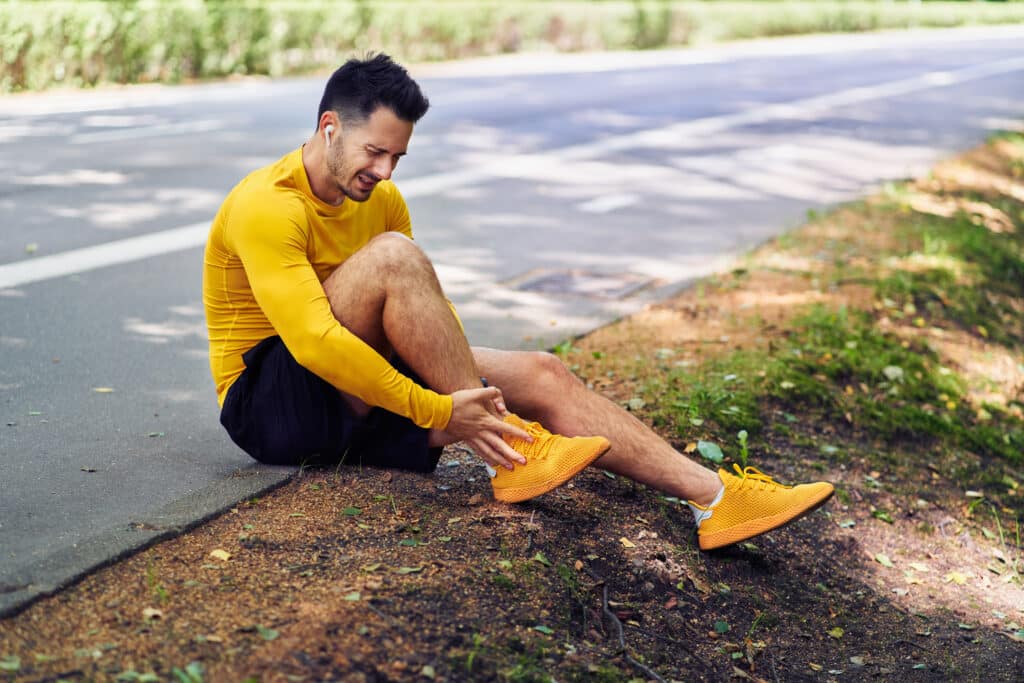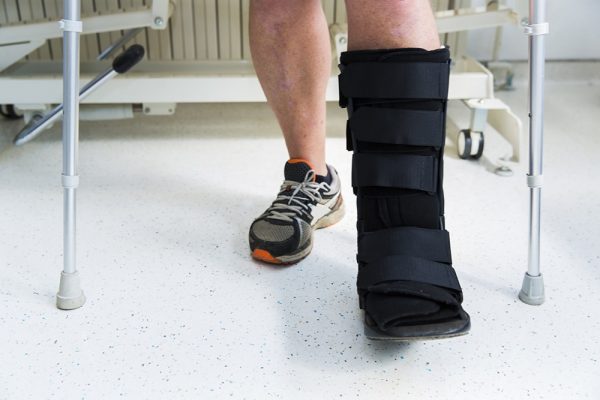
Achilles tears can be a painful and debilitating injury, often requiring medical intervention to properly heal. However, many people wonder if these tears can heal naturally without the need for surgery or other invasive treatments. In this blog post, we will explore whether Achilles tears have the potential to heal on their own and what steps you can take to support the healing process.
The Achilles tendon is the largest tendon in the body, connecting the calf muscles to the heel bone. When this tendon is stretched beyond its capacity or subjected to sudden force, it can tear, causing pain and limited mobility. In some cases, small tears in the Achilles tendon may be able to heal on their own with rest, ice, compression, and elevation (RICE). However, more severe tears may require professional medical attention from a chiropractor or physiotherapist.
Chiropractors are trained healthcare professionals who specialize in diagnosing and treating musculoskeletal disorders, and can help stop the progression of Achilles tendon tears. Through manual adjustments and other techniques, chiropractors can help realign the body’s natural structure and promote healing in injured areas. Physiotherapists, on the other hand, focus on rehabilitative exercises and therapies to improve strength and flexibility in the affected area. Both chiropractors and physiotherapists play a crucial role in supporting the natural healing process of Achilles tears.
In addition to seeking professional help from chiropractors or physiotherapists, there are steps that individuals can take at home to aid in the treatment of Achilles tears. This includes avoiding activities that aggravate the injury, such as running or jumping, and instead focusing on gentle stretching exercises to maintain flexibility in the calf muscles. It is also important to follow a well-balanced diet rich in nutrients that support tissue repair and reduce inflammation.
While small tears in the Achilles tendon may have the potential to heal naturally with proper care and rehabilitation, more severe tears may require surgical intervention to fully repair the damage. It is important for individuals experiencing symptoms of an Achilles tear, such as sharp pain or swelling in the back of the ankle, to seek medical attention promptly to prevent further complications. With appropriate treatment and rehabilitation guidance from healthcare professionals like chiropractors or physiotherapists, individuals can improve their chances of a successful recovery from an Achilles tear.
In conclusion, while minor Achilles tears may have some potential for natural healing with rest and conservative treatments like chiropractic care or physiotherapy; more severe tears often require surgical intervention for full recovery. It is essential for individuals experiencing symptoms of an Achilles tear to seek prompt medical attention from a healthcare professional knowledgeable about musculoskeletal injuries, like chiropractors or physiotherapists, to improve their quality of life after an Achilles tendon tear. By following their guidance and participating in rehabilitative exercises tailored to your specific needs; you can support your body’s natural healing processes effectively after a hard-to-heal Achilles tear injury.
For in-depth insights into diagnosis, care, and long-term outcomes, see our Achilles Tears Hub.




